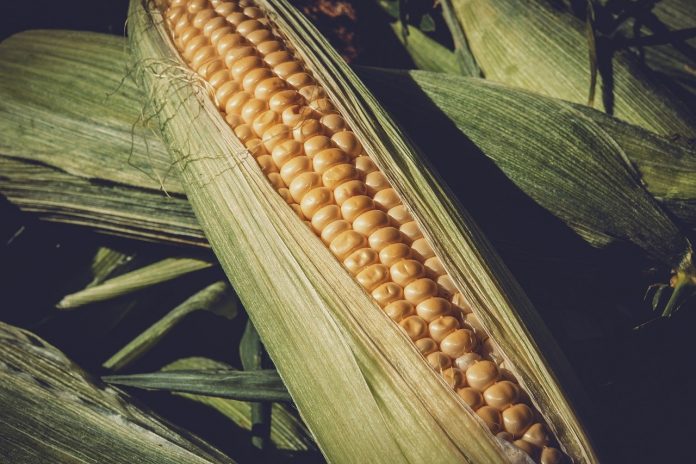What a difference a week makes! Actually, what a difference a couple of days makes.
On Feb. 9, I was sharing the exciting news that corn futures prices had made new contract highs for the seventh time in nine trading sessions.
March corn futures touched $5.741⁄4 early in the trading day. Later that day, the U.S. Department of Agriculture (USDA) supply and demand report came out, and prices crashed.
By Feb. 11, we had a March low of $5.243⁄4, 491⁄2 cents off the high we set two days earlier. What a difference… oh yeah, I already said that.
There was a time when 50 cents would have been the range for an entire year of trading. So, what happened?
USDA report
I told you that observers thought the carryout of corn for the end of this coming marketing year was too high. The belief was that we had, not 1.55 billion bushels to look forward to Aug. 31, 2021, but maybe as low as 1.2 billion or so.
The question was, not the actual number, but would the USDA report that big a change. The answer was no.
The surprise, if you call it that, was no change in the carryout, and a negative tone to trading that dropped corn 50 cents and didn’t do much good for the soybeans. They lost 72-1⁄2 cents in the same two days.
In the case of soybeans, there was a nugget of good news in the report, but it got buried in the corn avalanche. USDA increased exports by 20 million bushels and reduced ending stocks. That now gives us the tightest ending stocks in history, and should have helped prices.
Unprecedented exports
For both corn and beans, the market driver is unprecedented exports. USDA expected us to export 2.6 billion bushels of corn this marketing year. We have already done 2.265 billion, and have six and a half months to go.
We have already exported 97% of USDA’s soybean export estimate. Both of these things drive a market which has retraced significantly, but which is likely not over.
One driver for the corn market started in August when a rare wind storm destroyed much of Iowa’s corn crop. I personally heard a man talking about disking down his entire crop after the insurance adjuster gave it a yield of zero.
In my mind, I assumed that Iowa, as the number one corn producer, normally exports most of the crop. In fact, feeding has increased in Iowa to the point that it is normally neutral in production — that is, it consumes as much as it produces.
This means that this year, Iowa has to import corn. This is the agricultural equivalent of shipping coal to Newcastle, or selling ice to Eskimos.
Traders are watching, not just the exports, but the developing news about planted acres. Estimates of what we need to meet demand vary from 89 to 91 million acres of soybeans. Some say we need 91 of corn and 91 of soybeans. This is more total than ever planted before.
Outlook conference
Some insight, and the first real numbers, will come out of the USDA outlook conference next week. Number crunchers will get together and swap acreage numbers; the market may move on these numbers, or it may take the view that these numbers are not any more reliable than those from the recent supply and demand.
Much of trader attention this week is going to wheat. I heard the remarkable comment Feb. 15 that the entire Texas wheat crop would be destroyed that night. This was based on a forecast for four degrees in Waco, Texas. That would do it. And yet, I saw little in the news about damage Feb. 16.
Kansas City wheat futures were up 11 cents, and were up over 20 cents sometime in the night. Hard to believe this is all the reaction if the crop really was getting destroyed, so stay tuned on this one.
So, we have a long way to go, and the party is likely not over. Hard marketing decisions are ahead of us.













